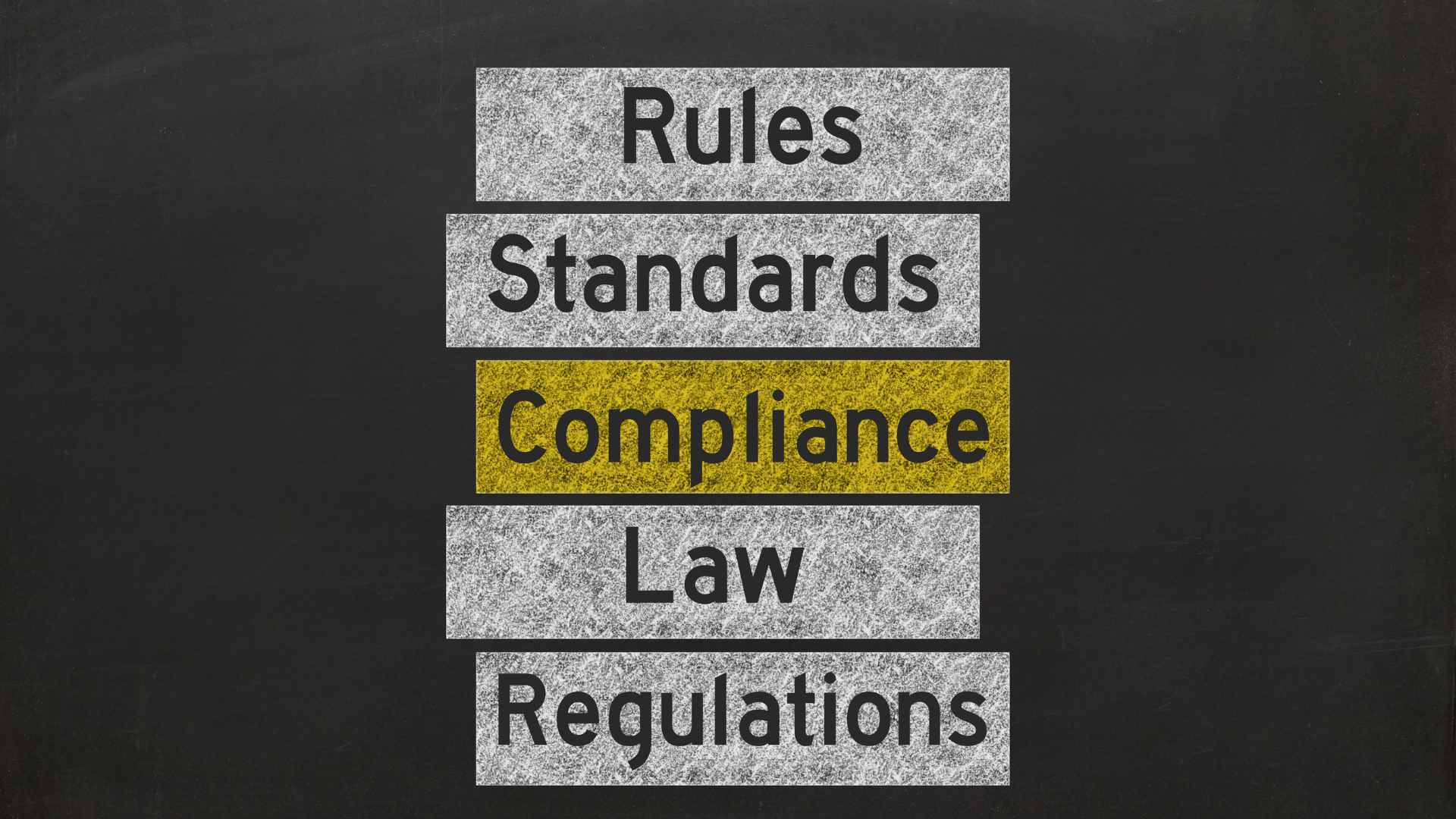VIEW BY TOPIC
- Finding Customers
- Business Systems
- Managing Employees
- Leadership
- Managing Money
Related Posts

Ready to Grow Your Business Fast?
Here’s How I Grew Five Businesses, and Eventually Sold One to a Fortune 500 Company.

Did you know that 70% of employees who witness the resignation of coworkers are inclined to resign, themselves? Employee departures have a cascading effect on your business. It sends a message to potential new hires that the workplace is poisonous if employees leave due to poor treatment or burnout. What’s your opinion?
Recent reports and research have shown the unanticipated effects these situations have on the remaining workforce. The term “turnover contagion” describes how the departure of one worker increases the likelihood that others will quit as well.
The result of job cutbacks and layoffs
In today’s labor market, layoffs and job cuts are commonplace and are felt in any industry. Even the most prominent names in technology, like Amazon, Twitter, and Salesforce, have felt the effects of this trend. Thousands of workers have been laid off, which has caused a domino effect in many businesses.
Understanding resignation contagion

When one worker’s decision to leave gets known to others, it often causes them to rethink their job security. It’s human nature to pick up habits, ideas, and perspectives from individuals we spend the most time with. The ease with which employees look into other employment options and the competitive nature of the labor market often has a ripple effect on turnover rates. The announcement of one worker’s resignation typically has repercussions for other personnel.
Many workers start searching for tips on how to write a letter of resignation as they consider the next steps in their careers. If an employee starts acting in a way that makes their coworkers think they seem to be looking for a new job or are quitting, other employees are motivated to do the same.
The Visier Insights report’s findings
A new Visier Insights Report says that turnover spreads when an employee tells others they want to leave. This happens because people compare themselves or copy others’ decisions to leave the company.
A team’s size significantly affects the severity of the ripple effect caused by a turnover. It substantially impacts smaller teams more due to higher interpersonal proximity and interdependence among members. Workers in groups of 3–5 are 12.1% more likely to leave when a team member quits, while workers in groups of 6–10 are 14.5% more likely to do so. When teams are small, everyone is closer together and has a greater chance of being affected by a high turnover rate.
Visier, a people analytics business, researched whether and how involuntary resignations spread through an organization. Involuntary resignations within a team were found to increase the likelihood of employee turnover by 7.7%. When one team member quits freely, the probability that others will follow suit rises by 9.1 percent. This exemplifies the interconnected nature of, and impact of, employee resignations.
An outbreak of high turnover in one quarter tends to spread to the next. The danger of turnover contagion for other team members begins when an employee resigns and continues for 135 days. When it comes to involuntary turnover, however, that time frame is cut down to 105 days.
There is a peak in the turnover epidemic about 70 days following the initial departure. When one worker leaves, the likelihood that others will follow suit rises. Around 45 days is a pivotal interval, with the peak occurring about 70 days following the first resignation.
Based on data from real-time employee events, these results confirm what has been believed for some time. People leave a company after a teammate quits, among other reasons, since significant life changes like this don’t occur in a vacuum but within the context of a social group like a team.
These results are helpful because they provide insights into the risk of turnover contagion, enabling HR professionals, company executives, and front-line managers to develop more tailored risk assessment and mitigation plans to keep their best employees from leaving.
The domino effect of resignation

Employee turnover’s ripple effect is more significant than one worker’s loss. When a team member quits, it is quite upsetting for the others left behind. A coworker’s leaving often prompts an assessment of one’s level of job happiness, involvement in one’s work, and dedication to the company.
The ripple effect of a high turnover rate often lasts for a while. The analysis by Visier states that the infection window extends up to 135 days after a voluntary resignation but only 105 days after a layoff. A team’s dynamics, output, and morale all take a hit during such protracted times of uncertainty.
Considering unique situations
Employees need to take stock of their situations before falling to the impacts of turnover contagion, but that’s easier said than done. Visier’s principal of research and value, Andrea Derler, stresses the need to take the time to honestly evaluate oneself before jumping to conclusions. Here are some crucial issues to think about:
- Is my job something that I look forward to going to every day?
- How do I find common ground with my future company’s goals and ideals?
- Where do you stand on the work-life spectrum?
- To what extent am I approaching burnout?
- Do I have a reasonable salary and a chance to advance in the company?
When contemplating a career shift, it’s essential to separate external influences, such as the departure of a peer, from internal motives. While it’s necessary to consider the opinions of others, ultimately, one must put their wants and goals first.
Tracking down risk factors for resignation
Knowing the signs that an employee will quit is critical for any business that wants to reduce turnover. Visier recommends watching for things like employee burnout, early departures from work, and lower productivity. When these warning signs are observed, businesses take action to keep valuable employees from leaving.
Within the first five months after a team member leaves, managers need to focus on having candid talks about careers, conducting stay-interviews, and investigating internal mobility options. Taking these preventative steps keeps employees engaged and lessens the impact of a high turnover rate.
Difficulties in the job market
The Great Resignation is standard in today’s labor market, highlighting the need for businesses to evolve in response to shifting worker expectations and market conditions. As a result of the recession and significant layoffs, many companies are competing for the same pool of talent. With so many options available, employment churn spreads rapidly as workers pursue what seem to be better chances.
Enterprise Relationship Management (ERM) solutions help businesses overcome these obstacles. With the help of ERM solutions, companies get to see the big picture of their interactions with clients, evaluate the risks associated with losing them, and plan for the changeover smoothly. Firms need to prevent turnover from becoming a contagion by using data and analytics to improve retention efforts.
Factors contributing to turnover contagion
Employees seem to be departing for these reasons.
- Contagious discontent: Dissatisfaction is contagious. One employee leaving often inspires others to go and so many of them depart. The reason behind leaving sometimes doesn’t matter.
- No respect: Disrespect from bosses and coworkers by way of boss’s behavior, micromanagement, and job tasks that aren’t useful is a reason enough for people to leave.
- Low pay: Paying someone less than they get to make elsewhere is a great cost-cutting measure but ends up losing employees.
- Poor company culture: Positive employee experiences define a great corporate culture. Poor business culture results from a lack of openness to not giving staff the necessary resources and support.
- Working too much: Business owners need to be aware of each employee’s workload to avoid stress and this helps in employee retention.
- Not being appreciated: Feeling undervalued is another reason employees quit. Expressing gratitude occasionally makes them happy.

- Horrible bosses: Many great team members resign due to toxic managers. Check that the manager you hire has people skills.
- No growth prospects: Every employee needs growth opportunities, or they’ll seek elsewhere. Being trapped in the same position for years without progress demoralizes them.
- Disconnection from values: Sacrificing ideals for achieving business goals tend to lose personnel. Consistent values give employees purpose to stay with the company. Once they lose that purpose they leave the organization.
- Team issues: Team members want leaders who work hard, communicate effectively, and are reliable. Also, more diversity in teams is needed for employees. For instance, women on all-male teams feel discouraged due to a lack of workplace inclusivity.
- Ineffective leadership: Your employees require a supportive management team and imaginative leadership at the top. Lack of it makes a team member want to leave.
- No work-life balance: Work-life balance involves respecting employees’ personal lives. They are more productive and engaged when this right is not violated.
- The friendship attachment: Suppose two friends work together. That partnership is surely advantageous, primarily if they work well together and have excellent team chemistry. When one of the leaves, the other is sure to follow.
Employee satisfaction: a priority for the future
Organizations can’t afford to overlook the potential domino effect of layoffs and resignations. As the nature of work changes, it’s essential than ever for companies to care for their workers. Layoffs and resignations affect more than just those directly involved. Identify and resolve the ground level causes of the problem to reduce the impact of turnover contagion and foster a more supportive work environment. The key to success is understanding the value of your staff and making efforts to keep them happy and involved in their job.
About Author- Fatema Aliasgar is an experienced content writer based in Mumbai, India. She has done her Master’s in Business Management and has written content for eight years. She has a passion for writing and enjoys creating engaging content that resonates with her audience. When she isn’t writing, she enjoys spending time with her family and playing board games with her kids. Monopoly and Scrabble are two of her favorites, and she is always looking for new games to try out.














